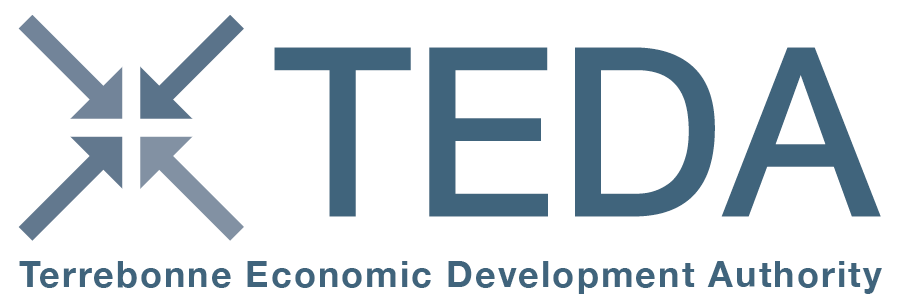An oil price war and the coronavirus causing a collapse in the global economy have smacked Louisiana’s oil and gas industry with a devastating one-two punch.West Texas Intermediate, the U.S. benchmark price, reached $20.25 per barrel on Monday, a price not seen since 1999. The price on Jan. 1 was $61.06, a drop of 66% over the past 90 days.The world has so much oil that producers are beginning to worry that they will soon have no place to store it.No hard information is available yet, but industry sources say oil and gas producers and service companies are canceling contracts and shedding workers as a result.Shell has pulled out of a multibillion-dollar deal to renovate a liquefied natural gas terminal in Calcasieu Parish, citing uncertain market conditions and the coronavirus crisis. The company’s Dallas-based partner, Energy Transfer, expects to continue the project but reduce its size. Energy Transfer expects to “evaluate various alternatives to advance the project,” including finding another equity stake partner. The project was estimated to create up to 5,000 construction jobs and 200 permanent full-time jobs once operational.For the industry, the most immediate potential solution — to have the federal government buy enough oil to fill the country’s Strategic Petroleum Reserve — would provide only a short-term benefit for some companies.The overall situation “is an existential threat for companies,” said David Dismukes, executive director of LSU’s Center for Energy Studies. “Nobody is walking out of this unscathed. It is truly sobering.”The price drop will have major implications for Louisiana, though the economy has diversified since a mid-1980s oil bust. Today, direct oil and gas jobs account for nearly 2% of the state workforce and about 6% of state revenue, said Jim Richardson, an LSU economist.The fallout will be particularly difficult for oil-dependent Houma and Lafayette, although Lafayette has diversified its economy in recent years.
“Oil companies have been cutting the heck out of their capital budgets — multibillion-dollar cutbacks,” Scott said. “If a project hasn’t started, they’ll delay it. They’re going to their suppliers and saying they have to cut them. In the short run, it’s not happy for the state of Louisiana.”
The Trump administration has tried to exert its influence with the Saudi Arabian government.
“We’re awash in oil,” said Scott. “This can be corrected with a phone call if Trump can persuade the Saudis to not put all this extra oil on the market. If they reduce their production to the same level before, the price will go back to the $40s.”
U.S. Sen. John Kennedy, R-La., said he participated in a conference call last week with a dozen colleagues from energy-producing states with the Saudi Arabian oil minister.
“It was a rough call,” Kennedy said. “You’ll see bills introduced in the Senate that the Saudis won’t like. They have really put in jeopardy their relationship with the United States.”
Gifford Briggs, president of the Louisiana Oil and Gas Association, said a recent survey of members indicated that independent drillers and service companies will probably reduce their job force by 60% to 70% in the coming three months.
In January, Louisiana had about 34,000 workers in the oil and gas business, and their spending multiplied throughout the economy.
“As one operator told me, if prices haven’t recovered to $40 by June 1, there will be a blood bath,” Briggs said.
Briggs and Gray both would like to see the federal government buy the 77 million barrels of oil needed to fill the Strategic Petroleum Reserve, which serves as a sort of oil bank.
“For a smaller company, it would be a bigger deal,” said Gray, who represents the major oil companies. “For our folks, it would be on a case-by-case basis.”
Kennedy said Energy Secretary Dan Brouillette told him that he believes he can find the money in his budget to buy the oil. At $38 per barrel, the cost would be about $3 billion. Two of the sites are in Louisiana.
Dismukes said the $3 billion might sound like a lot, but it’s not given the size of multibillion-dollar investments in oil and gas. Besides, he said, the money would purchase only six days of production in the United States.
Still, Briggs said that would be meaningful to his members, even if the selling price is $20 per barrel.
“It’s better than zero,” he said.






